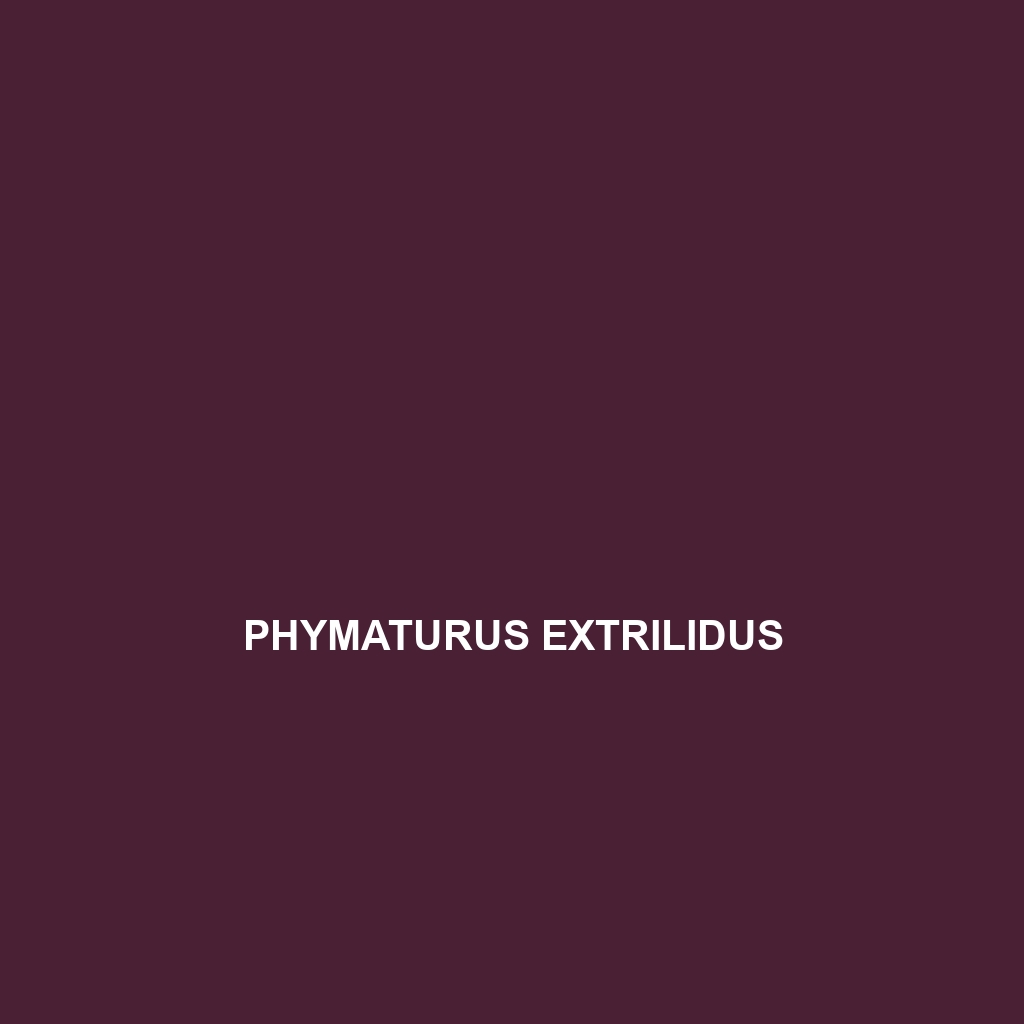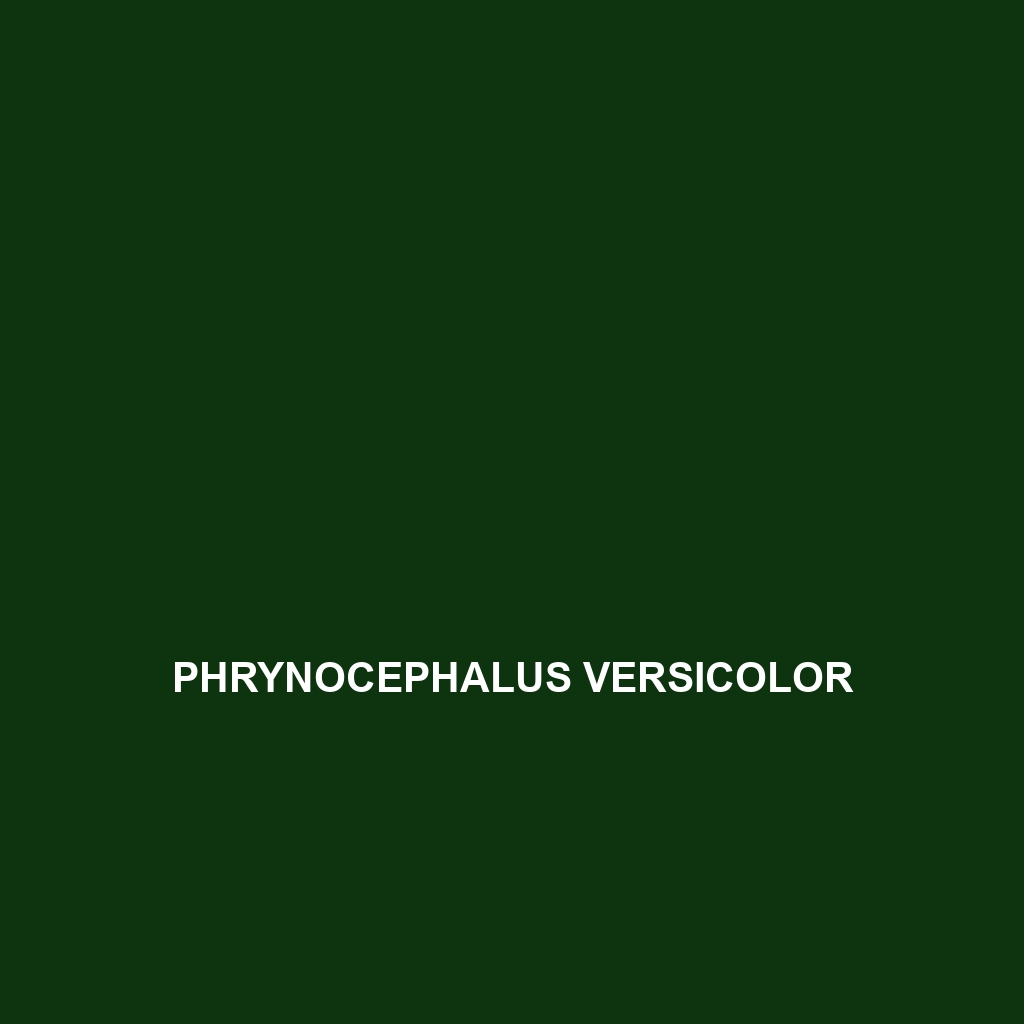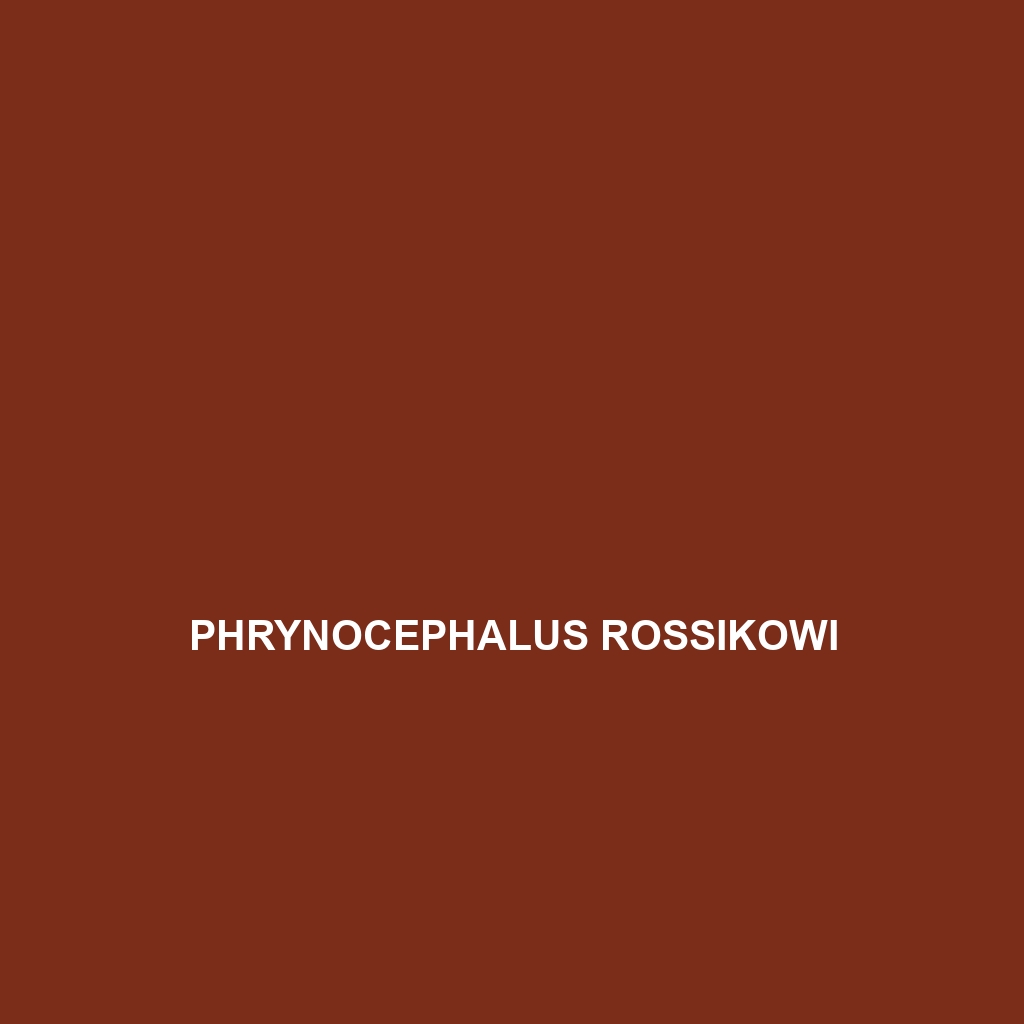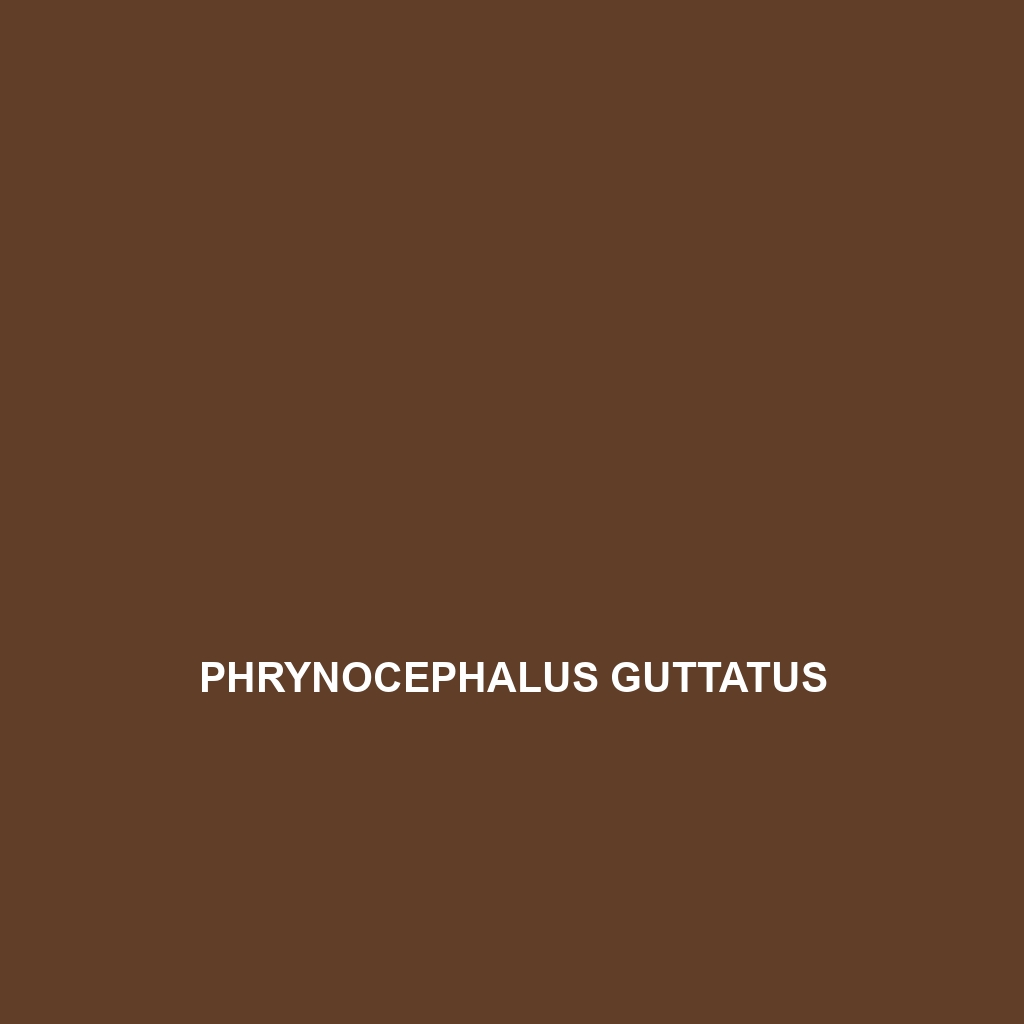<b>Phymaturus extrilidus</b> is a medium-sized lizard native to the arid regions of <a href="https://en.wikipedia.org/wiki/Argentina">Argentina</a>, particularly in <a href="https://en.wikipedia.org/wiki/Neuqu%C3%A9n_Province">Neuquén</a>, known for its robust body, flattened shape, and ability to adapt to harsh environments. This species plays a crucial role in its ecosystem as an insectivore, helping to regulate insect populations while exhibiting unique behaviors during mating.
Tag: desert lizard species
Phrynosoma modestum
Discover the modest horned lizard (<b>Phrynosoma modestum</b>), a compact, insectivorous reptile native to the arid regions of North America, known for its distinctive horn-like projections and remarkable camouflage. Thriving in warm climates, this diurnal lizard plays a vital role in controlling insect populations and maintaining ecological balance.
Phrynocephalus versicolor
The Color-changing Toadhead Agama (Phrynocephalus versicolor) is a unique lizard native to arid Central Asia, known for its remarkable ability to change color for communication and thermoregulation. Typically measuring 15 to 25 cm, this insectivorous species thrives in sandy and rocky habitats, playing a crucial role in maintaining ecological balance.
Phrynocephalus scutellatus
<b>Phrynocephalus scutellatus</b>, known as the faced spiny lizard, is an insectivorous reptile native to the arid regions of Central and East Asia, characterized by its flattened head, spiny scales, and unique camouflage. This species thrives in temperate grasslands and deserts, playing a vital role in its ecosystem as both predator and prey.
Phrynocephalus sakoi
<b>Phrynocephalus sakoi</b> is a medium-sized, insectivorous lizard from the arid regions of Central Asia, featuring a robust, flattened body and remarkable adaptations for desert survival, such as color-changing abilities and effective hunting strategies. This species thrives in sandy habitats with minimal vegetation, playing a crucial role in controlling insect populations and supporting its ecosystem.
Phrynocephalus rossikowi
<p><b>Phrynocephalus rossikowi</b>, or Rossikow's toad-headed agama, is a distinctive lizard from the arid regions of Central Asia, known for its flattened body, spiny sides, and ability to camouflage in sandy environments. This insectivorous reptile exhibits unique behaviors such as sidewinding movement and intricate courtship displays, playing a vital role in its desert ecosystem.</p>
Phrynocephalus roborowskii
Phrynocephalus roborowskii, also known as Roborowskii’s desert lizard, is a small, agile lizard native to the arid landscapes of Central Asia, specifically the Gobi Desert, characterized by its pale yellow to light brown coloration, spiny scales, and large bulbous eyes. Adapted to harsh conditions, this insectivorous reptile exhibits fascinating behaviors, including territorial displays and quick burrowing to evade predators.
Phrynocephalus luteoguttatus
<p>Discover the <b>Phrynocephalus luteoguttatus</b>, or yellow-spotted toad-headed agama, a striking lizard native to the arid regions of central and southwest Asia. Known for its unique sandy yellow coloration with black spots, this insectivorous species thrives in semi-arid habitats, playing a crucial role in maintaining ecosystem balance.</p>
Phrynocephalus guttatus
<p><b>Phrynocephalus guttatus</b>, also known as the spotted toad-headed agama, is a small to medium-sized lizard thriving in the arid regions of Central Asia. With a flattened body, distinctive dark spots, and an insectivorous diet, this resilient species plays a vital role in its ecosystem as both predator and prey.</p>
Phrynocephalus euptilopus
<p>The <b>Toad-headed Agama (<i>Phrynocephalus euptilopus</i>)</b> is a unique lizard native to the arid regions of Central Asia, exhibiting a flattened body, broad head, and excellent camouflage that allows it to thrive in harsh environments. Known for its diurnal behavior and diet primarily consisting of insects, this resilient species plays a vital role in maintaining the ecological balance of its desert habitat.</p>









